
A Pedagogy of Contact and Sensation
As the fall semester draws to a close, I reflect on how our classrooms continue to absorb the dense impact of exhaustion, grief, and so many unknowns. The isolation and physical distancing brought by COVID-19 during the first months of 2020 have remained a reality for much longer than any of us could have anticipated. We have hardly been able to metabolize our grief, frustration, fatigue, and the toll the lack of contact and sensation has had on our bodies. Along with COVID-19, we have continued to somatize the woundedness of profound inequalities in our communities, as I have written elsewhere. From election cycles in the Américas, to ongoing anti-Black racism and violence, white supremacy, settler/extractive colonialism, racial capitalism, and cishet patriarchy, we continue to survive systems of exploitation, dominance, and oppressions of all tenors.
In light of this historical moment, my colleague at the Pacific School of Religion, Dr. Aizaiah Yong, and I chose to codesign a syllabus that engaged formation through the lens of spirituality and leadership, in an attempt to deepen our lives individually and collectively. It intentionally centered the work of Black, Indigenous, and other scholars of color. We created a compendium aimed at sustaining our vitality, rootedness, and creativity during this period of remote learning where we surveyed practices and scholarship from varied religious traditions, geopolitical contexts, and artistic modalities. Throughout the last four months, our virtual classroom became a collaborative learning environment where coconspirators “identif[ied] and valorize[d] that which often does not even appear as knowledge in the light of the dominant epistemologies,” as de Sousa Santos puts it.[1] By privileging experiential epistemologies, we attempted to interrupt the dominant politics of knowledge and made every effort to enflesh sensorial experiences, understanding that they are fundamental in the shaping of knowledge and students’ formation.
Corporeal ways of knowing presuppose contact, sensation, concrete, emergent, and living bodies, in all their capacity for suffering and healing, copresence and distance, for knowing-with rather than knowing-about. The semester’s various activities ranged widely: we created centering and closing moments where we could collectively breathe, built sacred spaces, performed an archeology of our joys, recollected our ancestral connections, our ecostories, ecomemories, understood land as formation, as pedagogy, thought about emergent strategies for transformation, engaged with how we metabolize anger, and how to develop a keener experience of tenderness.[2] Students were invited to imaginatively cocreate workshops, artworks, reflections, engage one another via a “spiritual formation virtual café” suggested by one student, raise difficult questions via online forums, and come up with field guides for spiritual formation with spiritual practices, reflections, centering moments, devotionals, rituals, meditations, art-making, embodied work, and much more.
And yet all of these strategies seemed somewhat insufficient in our attempt to foster bonds of copresence, sensation, and contact that body-with-body classrooms offer. How could we respond to the urgencies, the sense of isolation, fragmentation, and the intensities of the present moment through remote learning? How could we open up the nexus of space-place-time to embodiment? How could we be responsive to Lama Rod Owens’ call to embodiment as a returning home to our bodies, in this moment and context, opening up some kind of spaciousness that could allow us to respond to both the woundedness and the joys of the now?[3] How could we cultivate embodiment in a virtual setting with a deep understanding “that disembodiment is the primary strategy through which oppression is maintained,” because we become desensitized to the conditions around us, to our emotions, to our sense of vitality, to that which deeply moves us and puts us back in touch with ourselves, our joys, pleasures, hopes, and dreams?[4] How would we subvert the logic of isolation and “presentify” zoom rooms so that a confluence of encounters, contact, and embodied sensation could transpire? How could we create a classroom experience based on a poetics of presence and intimacy as the artist Elisa Arruda invites us to create?
By turning to creative practices and the arts, we were able to weave, potentialize, and ignite a process of contact and sensation. Each week, students received what we called Spiritual Formation Care Packages (SFCP), which were designed based on the readings for that week. They became a series of centering and creative exercises that invited us to meditate, embody, and create for about one full hour per week. The intention of these exercises was to provide support and an opportunity for creative embodiment, integrating what students learned in class with their own lived experiences, creative processes, spiritual traditions, and research. The SFCP ritualized and generated containers allowing students to tap into the power of their spiritualities and creative vigor. Inspired by my own art practices and the work of Gloria Anzaldúa, the packages afforded us an opportunity to sense how our skin, viscera, and psychosomatic bodies carry knowledge that—in moments of pain, dis-ease, conflict, and unknowingness—yield us the capacity to see, touch, and create in expansive and incendiary ways. Art, as Anzaldúa puts it, is the “locus of resistance, of rupture, implosion, explosion, and of putting together the fragments.”[5] It allows us to become anchored in our bodies, to “shock ourselves into new ways of perceiving the world,” to “feel our way without blinders,” to “touch more people,” to evoke the personal and social realities through blood, pus, and sweat. Our creative practices afford us the opportunity to access, re-member, and revive “what most links us with life.”[6]
Art practices, as shown in the work of Elisa Arruda, embolden us to reclaim our processes of formation, fully embodying our shadows and desires for
presence,
joy,
pleasure,
restoration,
expansion,
contraction,
proximity,
sensation,
and connection.
About the Artist: Elisa Arruda is a visual artist who was born and raised in Belem do Pará, in the Amazonian region of Brazil. Currently living in São Paulo, Arruda investigates the poetics of intimacy, moving quite freely through several mediums. She pays particular attention to the realms of the domestic and the public as well as the tensions sheltered in dynamics of strength + fragility, endings + beginnings, intimacy + alienation, loss + growth, proximity + confinement.
Notes
[1] Boaventura de Sousa Santos, The End of Cognitive Empire: The Coming of Age of Epistemologies of the South (Durham, NC: Duke University Press, 2018), 2.
[2] For more on this, please refer to Eros and Ideologies by Laura E. Pérez, Voices from the Ancestors edited by Lara Medina and Martha Gonzales, Land as Pedagogy by Leanne Betasamosake Simpson, Ecowomanism by Melanie L. Harris, The Way of Tenderness by Zenju Earthlyn Manuel, and Love and Rage by Lama Rod Owen.
[3] Lama Rod Owens, Love and Rage: The Path of Liberation Through Anger (Berkeley, CA: North Atlantic Books, 2020), 119-120.
[4] Rod Owens, Love and Rage, 121.
[5] Gloria Anzaldúa, The Gloria Anzaldúa Reader, AnaLouise Keating, ed. (Durham: Duke University Press, 2009), 177.
[6] Anzaldúa, “Speaking in Tongues: A Writer to Third World Women Writers,” 34.



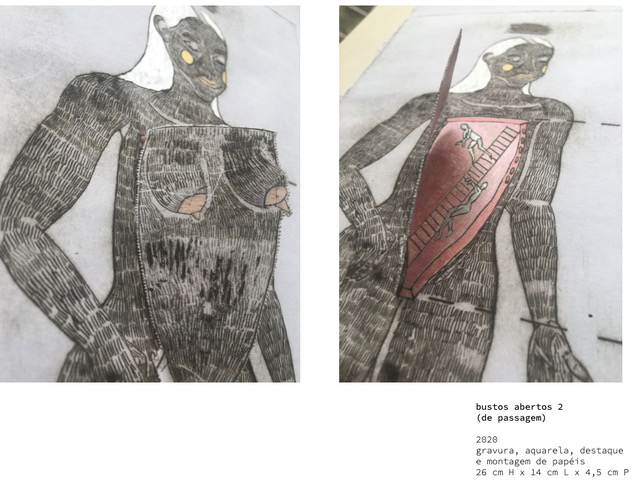
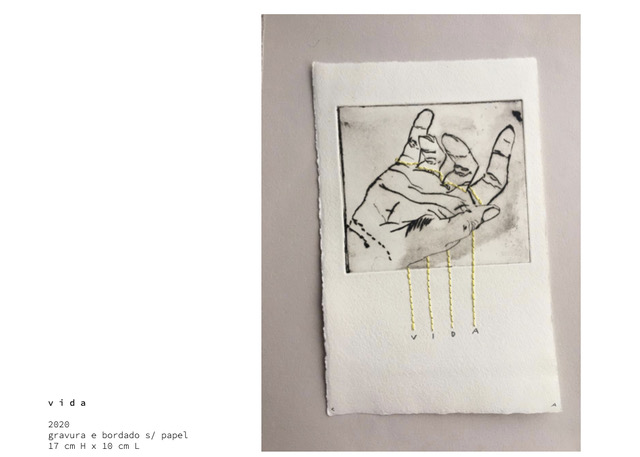
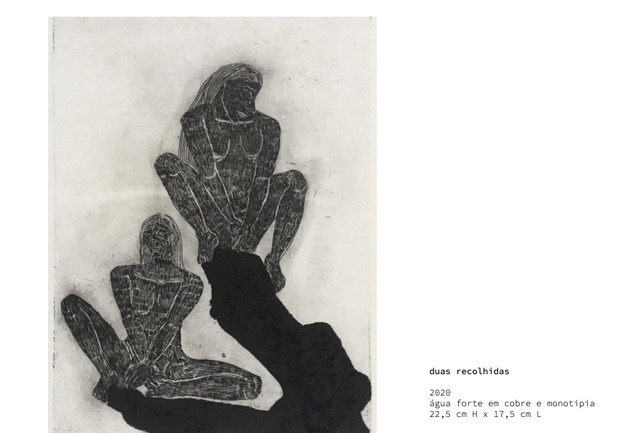
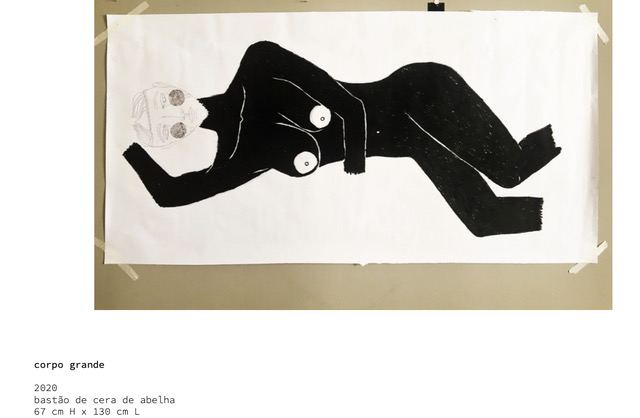
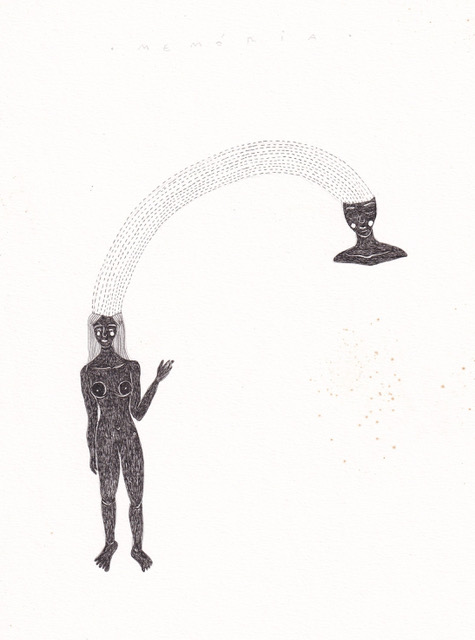

Leave a Reply